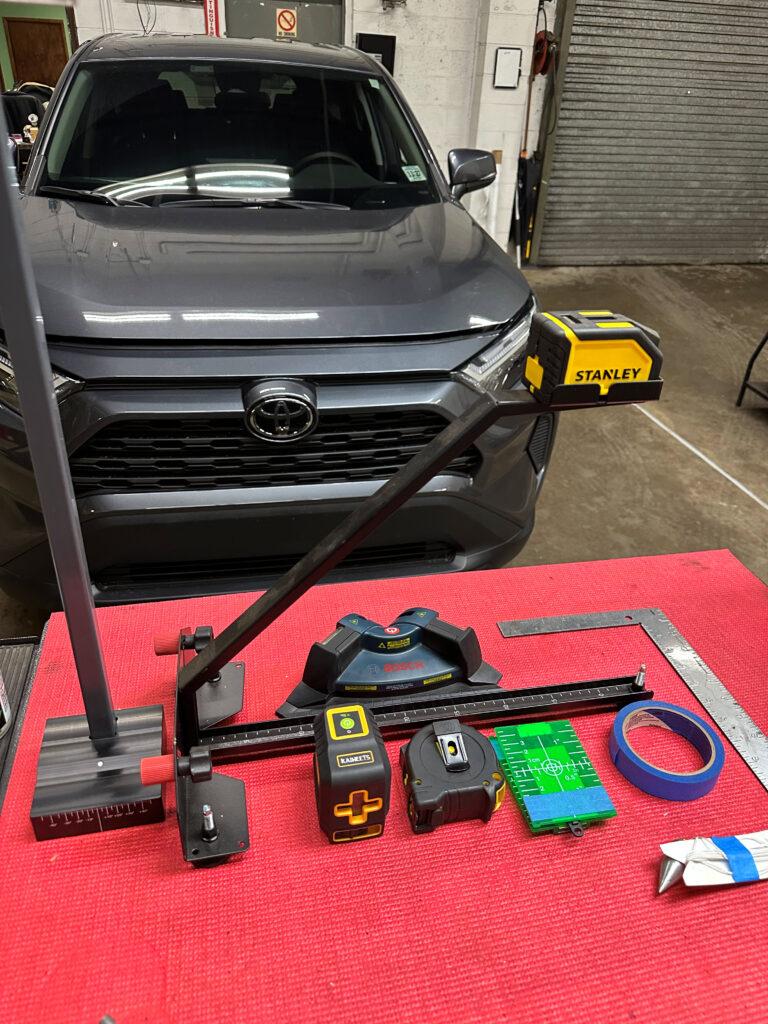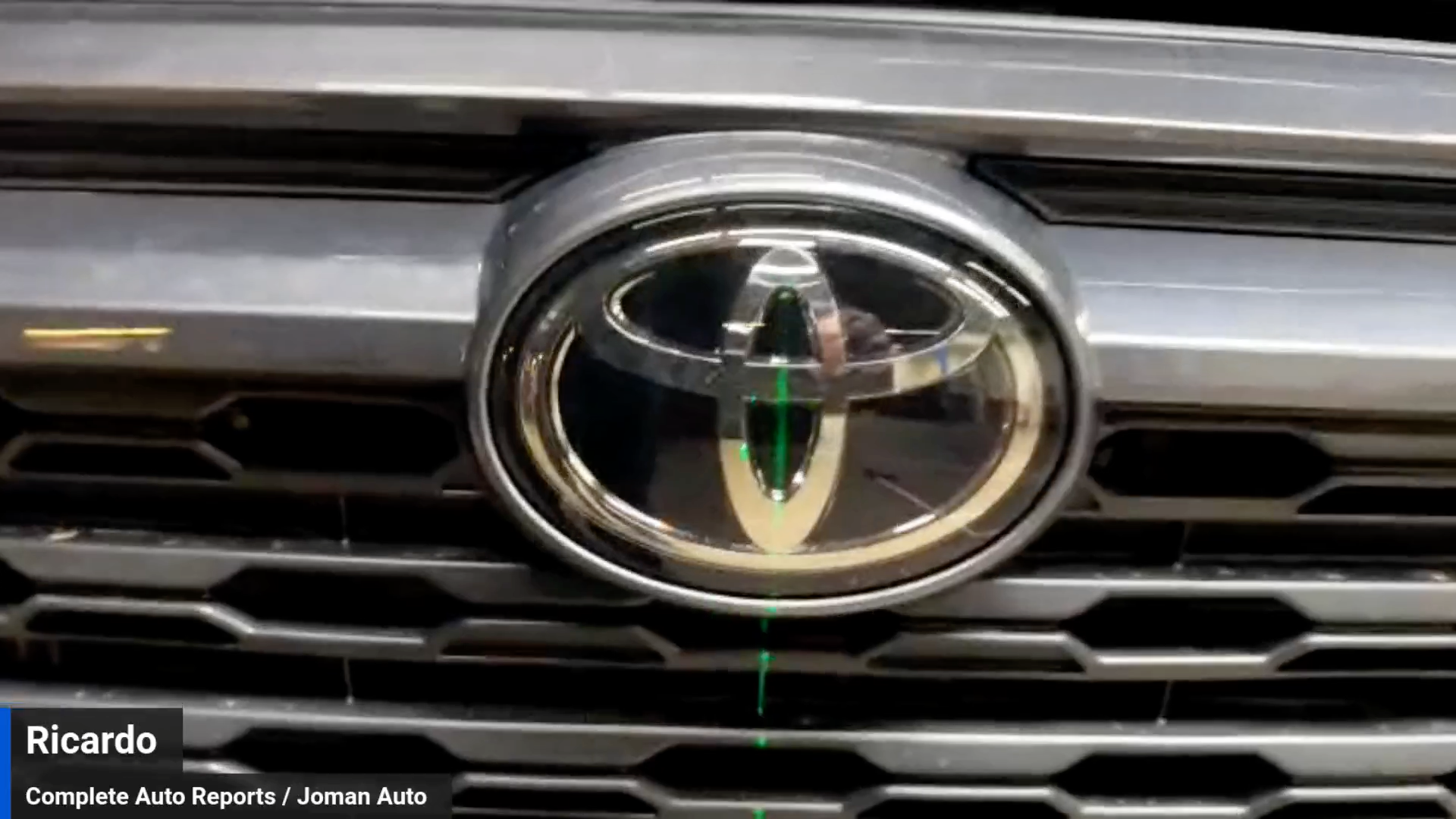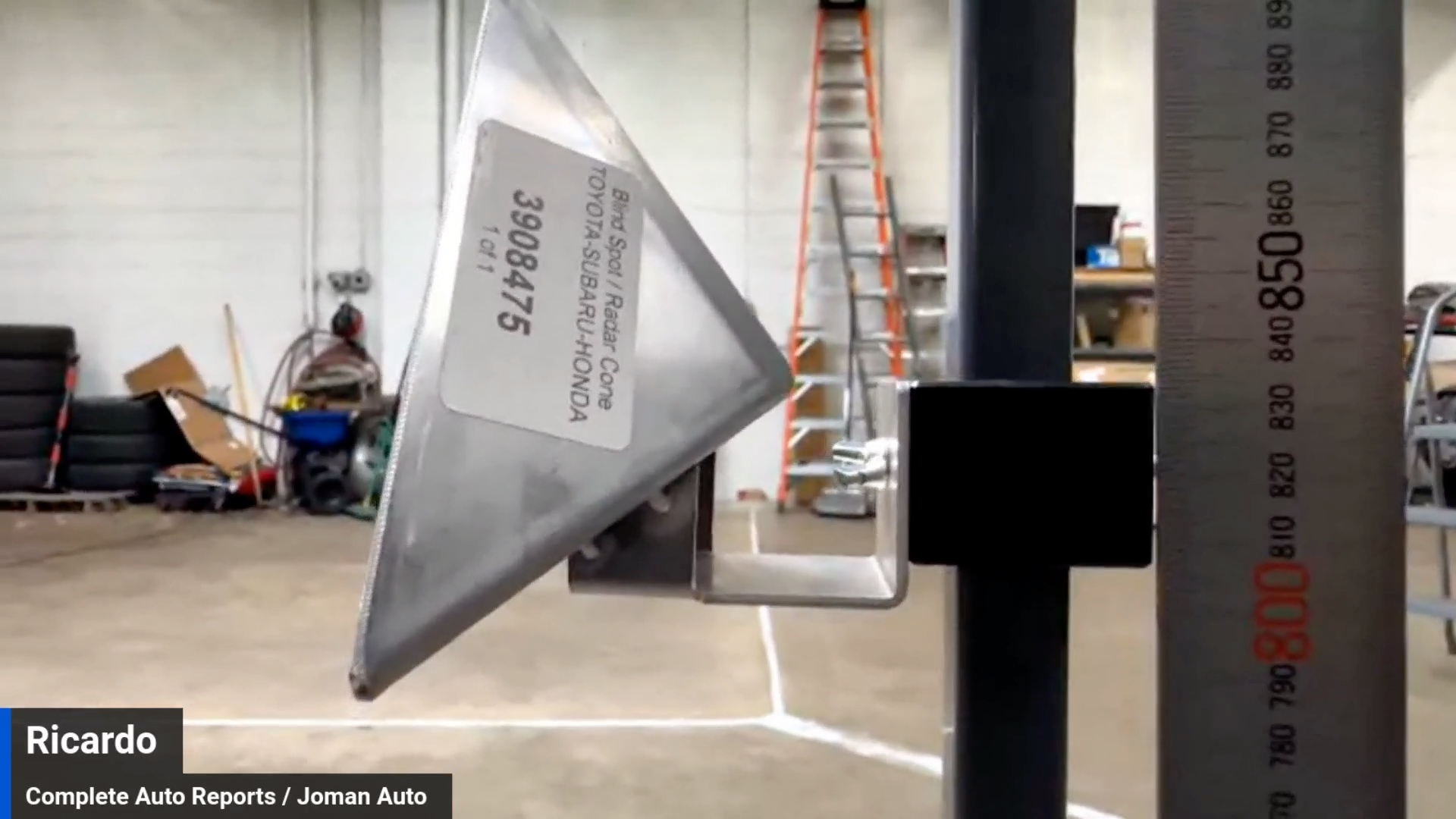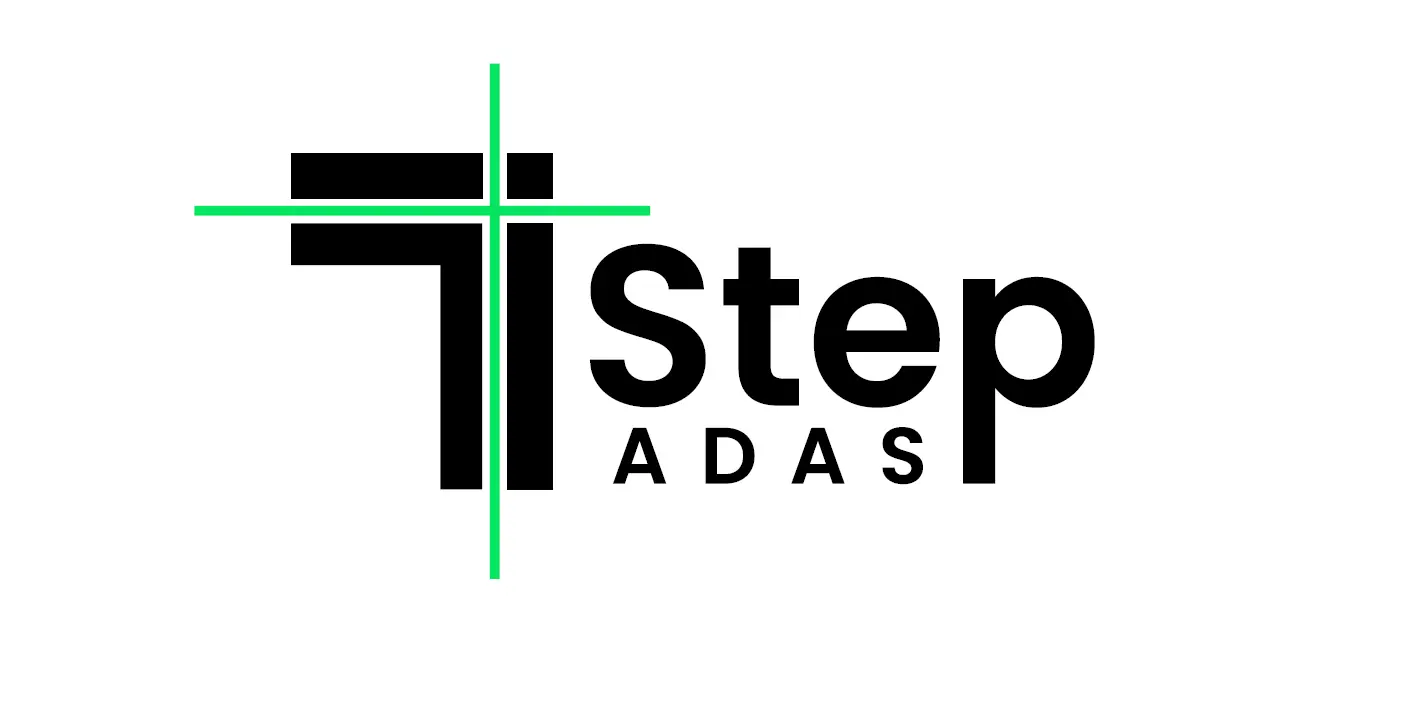7 Step ADAS: Radar Alignment on 2023 Toyota RAV4
Using the 7 Step Method to Tackle Real-World Radar Calibration Challenges
Intro To This Calibration
Today we’re working on a 2023 Toyota RAV4 to validate radar alignment using the 7 Step ADAS process. This session highlights how even when following manufacturer specifications exactly, you can encounter inconsistencies — and how the 7 Step approach helps identify and overcome those issues quickly.
Background
Toyota provides three calibration options for this radar sensor: dynamic calibration, flat target, and triangle target. For this session, we focused on static alignment using the triangle method. Interestingly, even when placing the target exactly at Toyota’s stated height (850mm), we saw misalignment.
To test further, we evaluated how different height placements — including 860mm and 800mm — impacted horizontal readings. The vehicle had no physical adjustment points for radar tilt, which emphasized the importance of getting baseline geometry exactly right.gh the check process for demonstration purposes.


Preparation and Setup
We completed the first five steps of the 7 Step ADAS Method before beginning calibration. Key actions included:
- Rear Plumb Bob Setup – Establishing the rear centerline.
- Front & Rear Target Placement (Left Line) – Using FL and RL targets.
- Laser Alignment on Left Side – To build the reference geometry.
- Front Line Setup – Measured 3000mm from bumper using Bosch square.
- Radar Target Height Set at 850mm – Then re-tested at 860mm and 800mm.
- Radar Cone Placement & Alignment – No adjustments physically possible.
- Radar Reading Confirmation via Texa – Final verification and analysis.


Results and Observations
- Initial Alignment
- Using Toyota’s spec (850mm), we saw a 0.2° horizontal offset — out of acceptable range.
- Adjusted Heights
- 860mm still failed.
- 800mm (off-road spec) improved results but didn’t fully resolve alignment.
- Final Conclusion
- Even with all geometry verified, physical radar sensor position may be slightly shifted due to bumper deformation, factory tolerance, or bracket tension.
- The software allowed calibration, but without physical adjustment ability, spec-based perfection was unachievable.
Conclusion
This session shows how even following manufacturer specs to the letter isn’t always enough. The 7 Step ADAS method creates a repeatable, laser-based alignment system that helps technicians isolate issues fast — whether they’re due to spec conflict, installation variables, or hardware limitations.
By focusing on repeatable geometry first, we saved time and avoided unnecessary part swaps or shop reruns.
